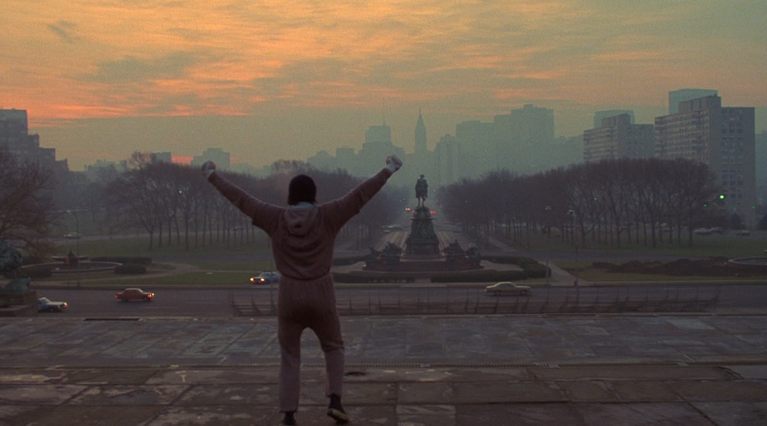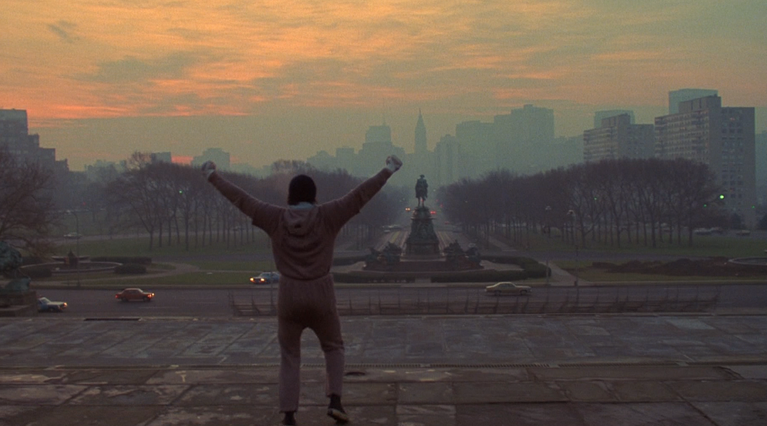Twice, Then Quit: How To Train For Resistance
The temptation to succumb to binge eating, cigarettes, negative thinking and television to name a few, is inevitable – but it’s also surmountable, once you learn how to overcome resistance.


One of the most important skills regarding long-term habit formation is learning how to be comfortable with discomfort.
If you can master comfort in discomfort, you can master any obstacle you encounter.
Discomfort, often in the guise of resistance, is one of the most common causes of procrastination.
Procrastination causes us to offset positive habits in favour of immediate gratification and put off changing negative behaviours. The temptation to succumb to binge eating, cigarettes, negative thinking and television to name a few, is inevitable – but it’s also surmountable, once you learn how to overcome resistance.
Resistance is uncomfortable and often avoided at all costs. Desensitizing ourselves to the discomfort of resistance and pursuing positive behaviours, regardless, is the path to personal growth, but one that’s seldom travelled.
It’s a given: If there’s an easier choice, chances are we’re going to choose it. Purchasing high-carb, microwavable meals is easier than learning how steam vegetables. Relaxing in bed is easier than waking up earlier and exercising. Surfing Netflix before bed is easier than reading a book that challenges you.
This is why bad habits are hard to break: If there’s a more familiar (and easier) option, we’re going to settle on it (and we can’t be blamed for doing so).
However, if resistance is perceived, not as an obstacle, but as an opportunity to maximise your willpower and strengthen your resolve, it can often be the difference that makes the difference in long-term behavioural change.
Leaping Vs. Leaning
This new perception of resistance is achieved when we lean into our resistance. People tend to err on the side of leaping rather than leaning when trying to overcome their resistance, but this can be problematic.
Firstly, it’s important to understand: Resistance isn’t to be overcome, it’s to be reduced enough so we can begin.
Secondly, those who leap often desensitise themselves to discomfort. This can be read as a desirable trait: Who wouldn’t want to be numb to resistance?
But when resistance is non-existent, you lose your edge. If you’re not afraid to click the publish button, approach a beautiful stranger or run an extra one kilometre when you’re about to collapse, in other words, feel an emotion, then you’re not motivated. You’re not at your edge. You’re not human.
Here’s what you’re never told: You’re supposed to feel afraid.
It’s ironic: In hindsight, overcoming that obstacle you resisted will often mean more to you than the reward you sought after at the beginning of your journey.
The solution is not to overcome resistance, indefinitely, (that’s impossible), but to learn how to become comfortable with it, as and when it arises. In other words, to lean into it. To push yourself a little more than you’d normally do.
And one of the most effective strategies I’ve learnt to do that, is the “Twice, Then Quit” strategy.
Twice, Then Quit
Leo Babauta, author of The Power of Less, describes Twice, Then Quit using meditation as an example:
When you’re meditating and you feel like getting up, don’t; then when you feel the urge to get up a second time, don’t; and when you feel the urge to get up a third time, then get up. So you sit through the urge, the discomfort, twice before finally giving in the third time. This is a nice balance, so that you’re pushing your comfort zone a little. You can do this in exercise and many other activities — push a little. [1]
Often, when obstacles are encountered, we mislead ourselves to believe we only have one of two choices: Fight or flight. Either we do it, or we don’t. But there’s a beautiful shade of grey we seldom see; an in-between we don’t consider: We can lean into it.
To lean is to eat an extra two forkfuls of vegetables when you’ve already decided you don’t like them.
In social skills, it’s to remain in an “awkward” conversation for an additional one minute, even when your mind’s drawn a blank; or striking up a conversation when you’ve decided you’re “not in the mood”, even if it’s turning to the person next to you on the commute home and asking: “Hey, how was your day today?”.
It’s promising to run that extra 0.5 kilometres in that eight kilometre run when your negative self-talk is relenting and you’re about to keel over.
Resistance will always be a result of how you perceive an event in your life. It’s the self-talk that argues the obstacle is insurmountable, you don’t deserve to overcome it and there’s an easier, (albeit unfulfilling) option: To quit.
Here’s the rub: Be present with it, but don’t argue with it. It will quieten down. And more importantly, do more than you’d normally do, even if it’s ridiculous; make the self-compliance hoop so small, it’s laughable. Just Start.
You will encounter resistance with all habits – even ones that are automatised. That’s a given, so anticipate it. But don’t cater to it as soon as it arises. It’s understandable to want to remove yourself from it, but surfing the urge twice before quitting is what increases our threshold to endure it, especially when we’re experiencing decision fatigue.
A Final Caveat
The Twice, Then Quit strategy is used by Zen practitioners to help minimise resistance with intensive meditation practices, and is applicable to all habits.
However, it’s important not to misuse it: Going through the motions of Twice, Then Quit will devalue its effectiveness. In other words, don’t use it as an excuse to quit when you don’t really want to.
Let’s suppose you’re writing a book, but you’re struggling with the paragraph you’re writing. You want to watch a television show that’s about to air, but haven’t met your daily quota of 500 words. It would be easier to “convince” yourself you’re spent for the day than to slug it out and hit your daily quota.
To minimise this problem, be brutally honest with yourself. Are you really feeling resistant to the task at hand, or is the path of least resistance more appealing?
In those instances, that differentiation becomes apparent. Don’t feel bad about it, it happens. Now it’s been identified, continue as per usual and bear it in mind if and when it happens again.
I like to ask myself: If I removed the easier option, what would I do instead?
Learn when to quit and bridge the distance between the person you are and the person you know you want to be. You owe it your future self. ![]()
Sources:
[1] Babauta, L. (2013) Discomfort Zone: How to Master the Universe, (Accessed: 15th October 2014).
Acknowledgements
Marcus Oakey for introducing me to the leap versus lean analogy. ![]()




